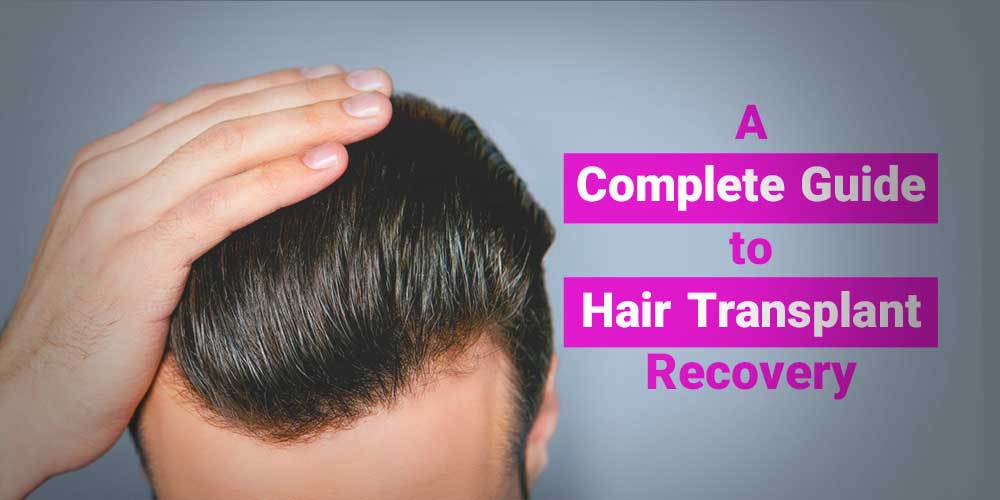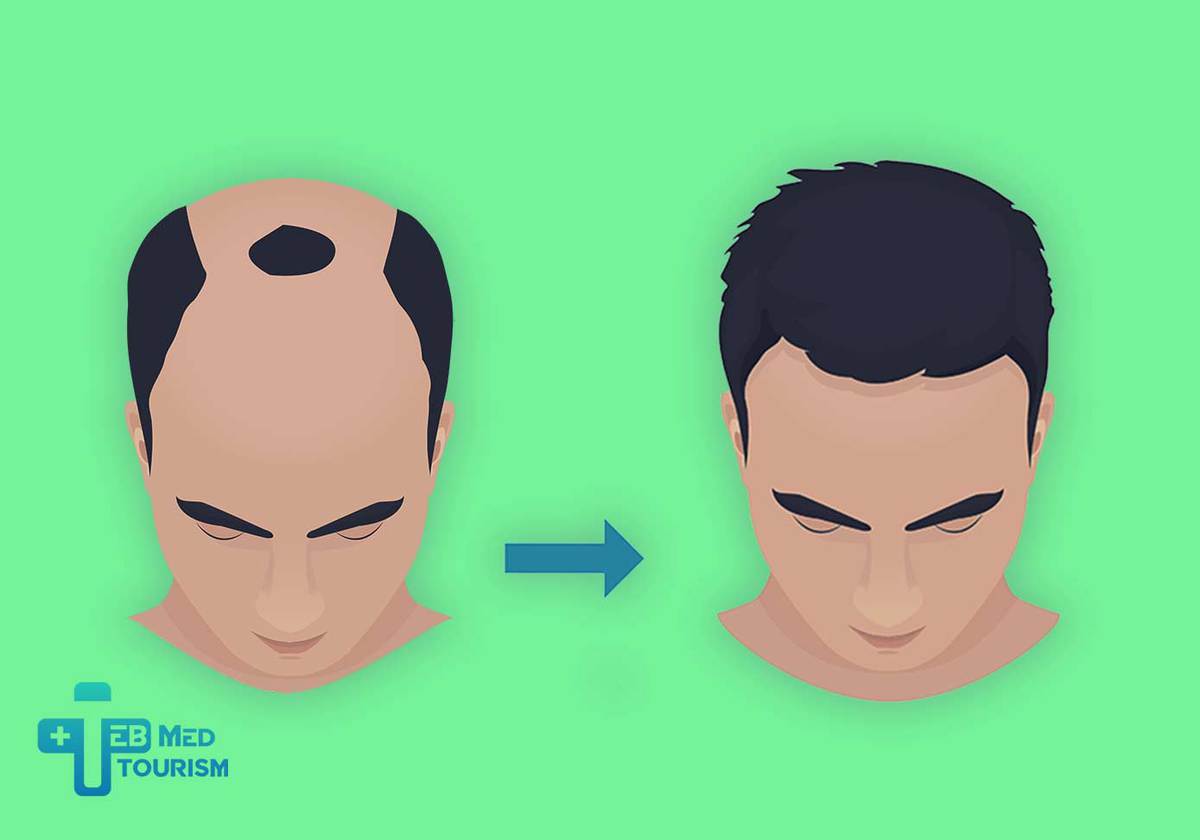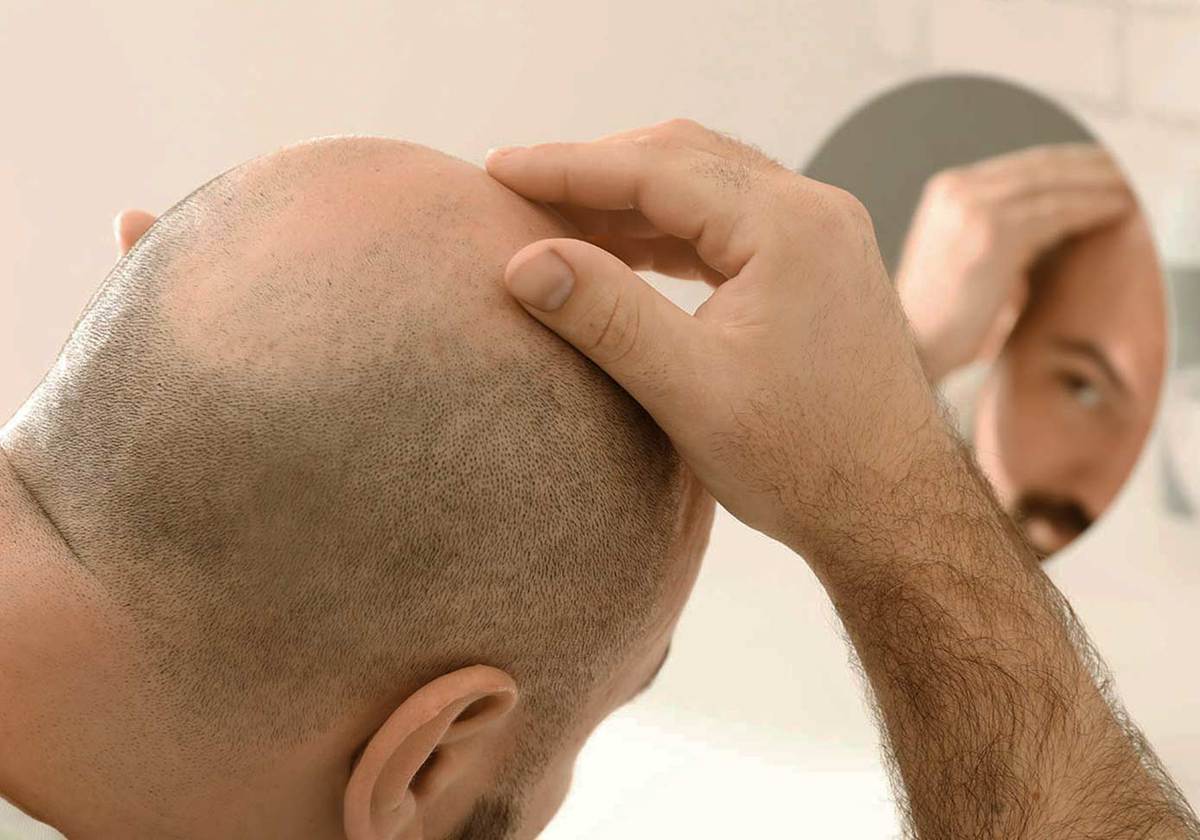Hair Transplant Recovery Timeline
After the hair transplant surgery, your scalp is more sensitive and you may need to take pain medications for several days. You should wear bandages over your scalp for one or two days. Your doctor may also prescribe an antibiotic or anti-inflammatory drug for several days. A hair transplant is an outpatient treatment, which does not need hospitalization, and people can return to their routine activities right after the procedure. Within 2 to 3 weeks after the hair transplant, the new hair will fall out. However, you will notice new hair growth within a few months. Most people will see about 60% of their new hair growth within 6 to 9 months. Some surgeons may recommend using a hair-growing drug named “minoxidil” to improve hair growth after the procedure. Below is a general description of the hair transplant recovery timeline:
The day after the surgery:
As long as your occupation does not require difficult physical activities, you can return to your work. The donor and recipient areas start to heal at this point and it requires you to apply a special ointment to the treated areas to help the healing process. You should refrain from being in direct sun exposure for the next few weeks.
Two days after surgery:
Some patients will experience minor swelling in the forehead for a few days. Your doctor prescribes some medications to decrease edema.
Two weeks after the surgery:
In the first two weeks, you will notice the
shedding of the hair shafts that were transplanted. This is totally normal in the hair transplant cycle. The follicle grafts are healthy and after a dormancy period, the hair will regrow from the transplanted follicles in the upcoming months.
One month later:
by this time, the transplanted hair area is disappeared largely and the difference between the transplanted area and native areas is gone. You can resume your exercise routine and even go swimming now. The transplanted hair may continue to shed up to one month after the surgery but you should stay positive since new hair growth is only a few months away.
3 months later:
you may grow small pimples where your physician transplanted the follicles. These pimples are a sign that the transplanted hair shafts are finding their way to the surface. To decrease the size and number of pimples, a warm compress may help. The absence of pimples does not mean that hair is not growing because not all the patients notice the pimples. You can always consult with your doctor about your hair growth condition.
4-9 months later:
new hair growth begins and about 60% of the transplanted hair becomes visible. Your hair might be thin in the beginning but it will get thicker as time passes. You may see some pimples where hair follicles were transplanted. They will disappear on their own but in case of having uncomfortable feelings, you can apply a warm compress to them.
12 months later:
a year after the hair transplant procedure, the new hair is fully-grown and your hair is thicker. To keep the results, you need to follow your doctor’s guidance.





Comments & Questions